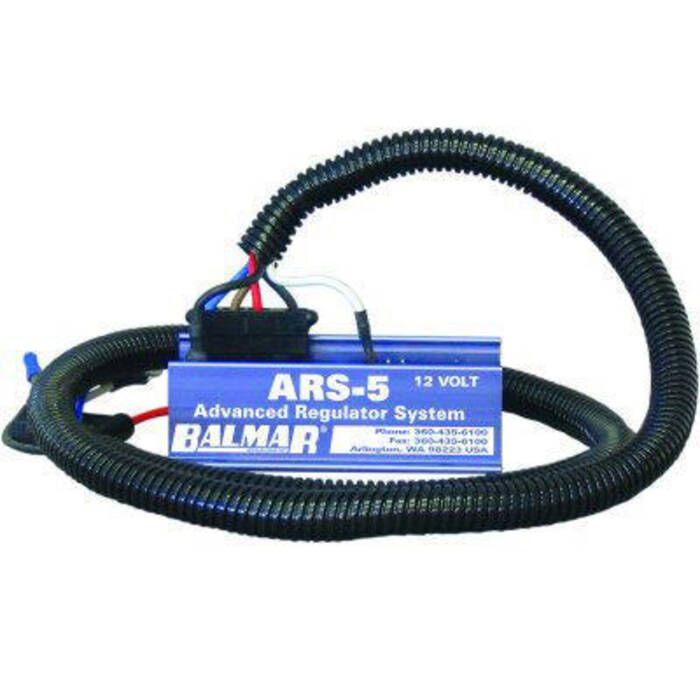An alternative arrangement is to keep an AGM engine start battery and charge both the AGM and lifepo4 through an isolator as described here:
http://nordkyndesign.com/electrical-design-for-a-marine-lithium-battery-bank/ (see "
Alternative 2 – Split Charging").
There are BMSs that provide provide output signals that you can then do whatever you want with them - say to turn the alternator regulator off, or turn the shore power charger off, or turn the inverter off. See
Chargery and
ElectroDacus. However, if you are also having this BMS activate a relay to take the battery offline (as well as shutting the regulator down), then you have a race condition where I suspect the alternator is still going to lose. The alternator will probably not shutdown fast enough - before the battery goes offline - and thus you'd still see a voltage spike and fry the alternator output diodes. Maybe you could put a delay on the signal to the relay that takes the battery offline...



